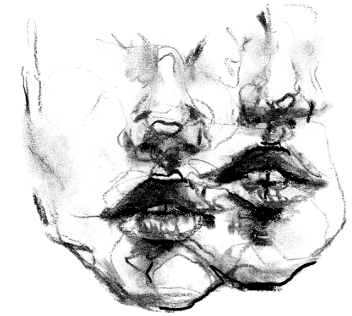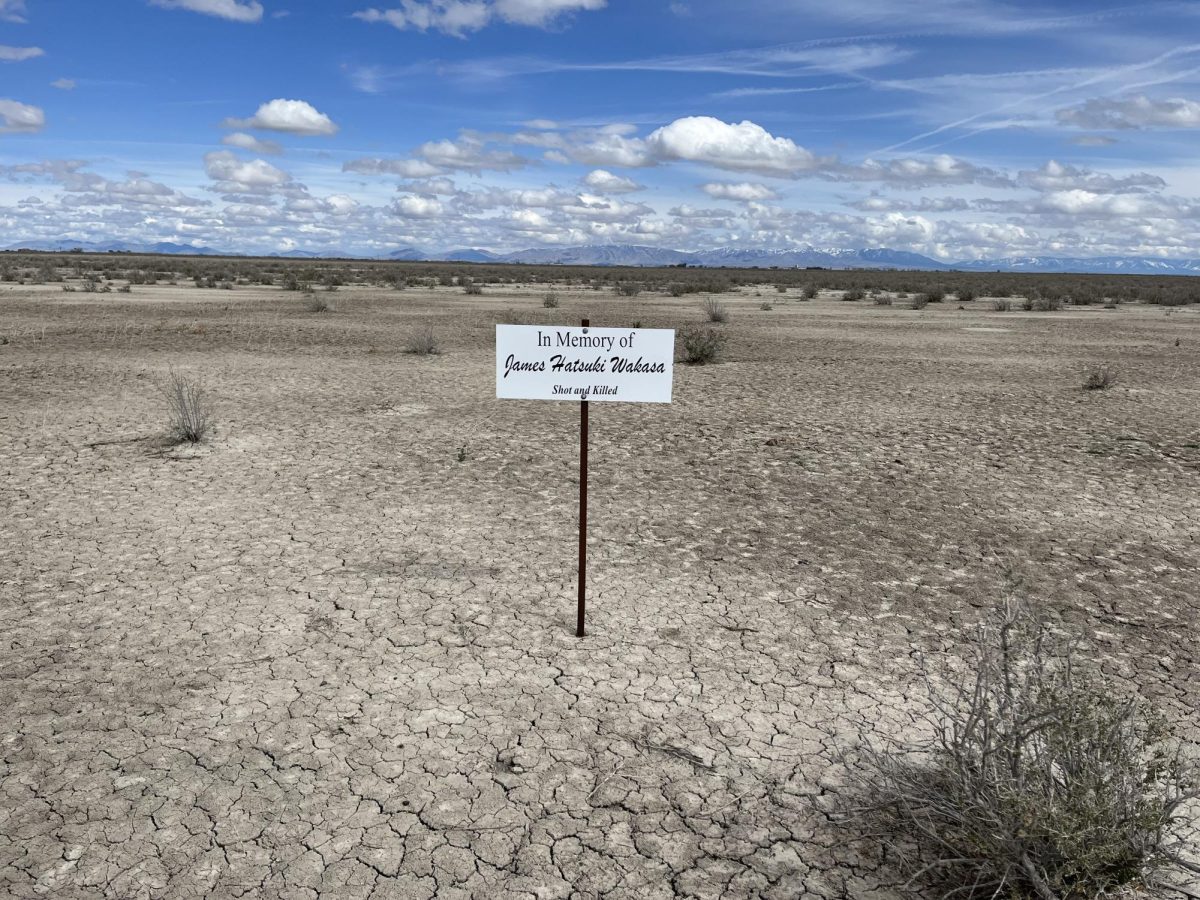What It Means To Be Poetic: Poetry Collections Defying the Norm

Emily Dickinson’s envelope poem “A 252” (Courtesy New Directions)
May 3, 2022
Poetry is often a standard series of forms and conventions that delivers emotive stories to readers. What if poetry were an apron of recycled envelopes with scrawls on them, a diary entry of a breakup, a series of tweets or tarot cards and mythological retellings?
Unconventional Poems

Emily Dickinson’s “Envelope Poems” is one of the oldest examples of unconventional poetic mediums that make reading a poetic work into an experience that stretches across time.
The collection is composed of facsimiles of the envelopes that allow the reader to view Dickinson’s words as they appeared in her own handwriting. Dickinson scholar, Marta L. Werner, and poet and visual artist, Jen Bervin, collaborated to create transcriptions of the envelopes to make them more accessible to the reader. A unique volume of fragments, dashes, crossings out and a strange system of plus and minus signs offers multiple readings and interpretations for some of Dickinson’s most engaging work.
Poetry in Flux

A modern interpretation of scanned polaroid photos and lined-paper poems read as entries in author Orion Carloto’s diary.
“Flux” is an entertaining visual archive of the poet’s relationships and past romances. The polaroid photos included in the collection and the black inked illustrations provided by Katie Roberts are particularly emotive and intriguing. Carloto’s collection includes memorable visuals and an intriguing use of modalities, though the majority of her poems sometimes feel too personal or casually conveyed to truly strike a chord with the reader.
Blurring the Lines

On another level of personal and entirely too casual to be considered poetry by most scholars or readers of the genre is Darcie Wilder’s novel “literally show me a healthy person.”
Born from a series of tweets and fragments of 140 characters interlaced with longer emails, lists and sections of prose vividly recalling her experiences, Wilder’s writing feels like reading a private archive that was never meant to be public, or take itself too seriously.
The narrative hinges on grief, bursts of chaotic energy and at its heart, Wilder’s processing the death of her mother and navigating other relationships in her life. Wilder exemplifies what blurs the line between poetics, novel writing and social-media-induced oversharing. In the end, she reinvents the genre in a way that is so striking and unfiltered, the reader is sure to be shocked.
A collection that breezes by with its aesthetic collages and edited photographs amid mythological tales of Aphrodite paralleled with poet Trista Mateer’s own experiences, “Aphrodite Made Me Do It” is a feminist reclamation of self. The tarot card imagery that begins every chapter is designed by the poet herself and her prose is striking and modern without sacrificing its artistic elements.
Whether Wilder’s use of Twitter and social media aesthetics enthrall you, Mateer’s mythological and personal words impact you, Dickinson’s time-bending and hand-written notes endear you or Carloto’s modern and often deeply personal prose inlaid with art and diary entries resonates, these collections are sure to expand your view of what it means to be poetic.







